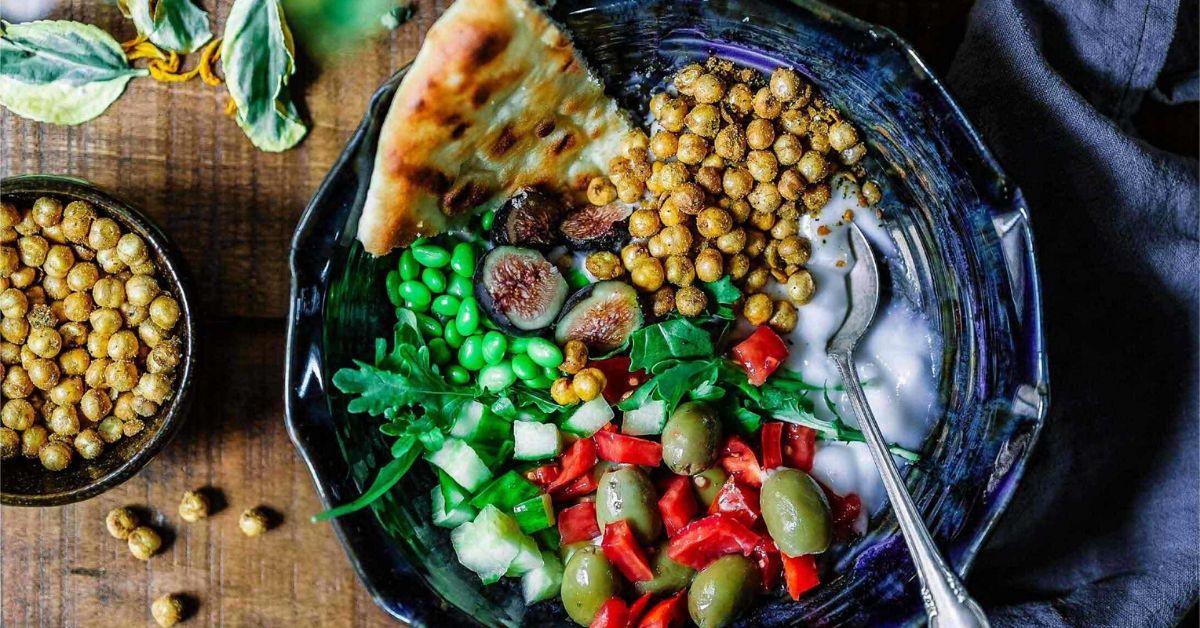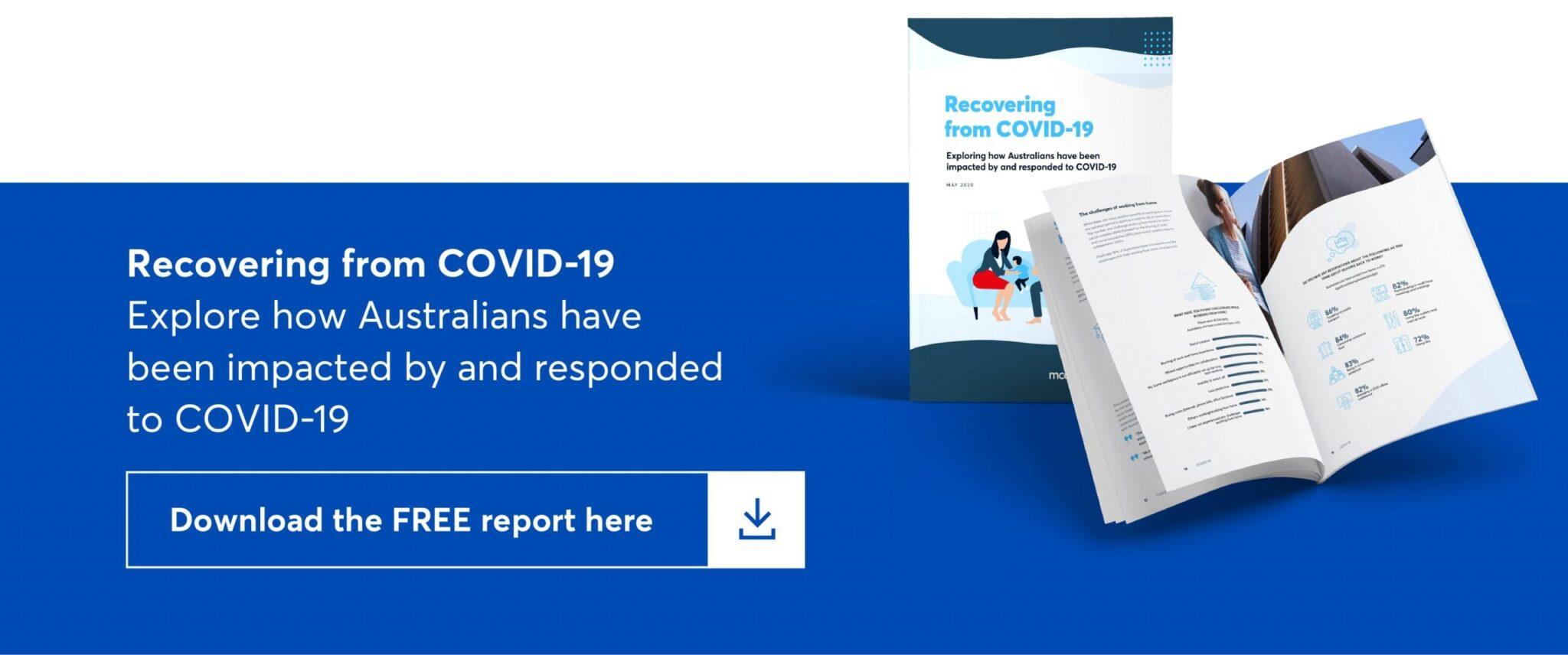By: McCrindle
Aussies enjoy eating out. It could be brunch on a warm Saturday afternoon, dinner at a family restaurant or making reservations at the new, popular spot all the food bloggers have been talking about. It is a quintessential cornerstone in our culture.

Just six months ago, the Accommodation and Food Services sector employed just under 930,000 people1, driven by our ‘foodie culture’ and the rise of online food delivery services. In fact, research shows that Australians roughly spend $2.6 billion each year on delivered meals and drinks2.

The impact of COVID-19 on the accommodation and food services sector
When COVID-19 hit Australian shores, this pastime was shattered. In our recent study, more than four in five Australians (86%) have changed their behaviour in response to COVID-19. Positively, this meant Australians had been taking government advice in order to stop the spread in their community3. Consequently, these actions have had a negative impact on the food and beverage industry.
With the restrictions on travel and social distancing, it is unsurprising that accommodation and food services, and arts and recreation services are the industries with the highest rate of jobs reduction.
Since Australia’s 100th case of COVID-19, there has been a loss of one in three jobs in accommodation and food services (33%) and one in four jobs in arts and recreation services (27%). Young people are more affected than older workers. There has been a loss of two in five jobs (41%) in accommodation and food services for those aged 20 to 29, while the average for those aged 30 to 69 is 28%4.
While these are challenging times for these industries, owners have rapidly adapted their business models to focus on meal delivery and takeaway as a source of revenue for the foreseeable future. In fact, the digital food delivery industry is flourishing, with a 2020 revenue projection of approximately $872 million5.

The future of the food and beverage landscape is quickly changing
During the pandemic, Aussies expressed a desire to continue to support local business. More than two in five Aussies (43%) feel a high degree of concern if restaurants, shopping centres, schools and workplaces were to shut down for months during COVID-19.
The future at the end of COVID-19 is uncertain, but there are already signs of communities displaying the Aussie spirit – kindness, resilience and innovation. Food delivery is still young and as it becomes a household fixture, there will opportunities for many entrepreneurial Aussies well positioned to develop solutions that bring back the focus into the local business.
Sources:
- ABS, 6291.0.55.003 – Labour Force, Australia, Detailed, Quarterly, Nov 2019
- Finder
- McCrindle Research. April 2020, COVID-19: How the global pandemic is shaping the sentiment, behaviour and outlook of Australians
- ABS 5676.0.55.003 – Business Indicators, Business Impacts of COVID-19, April 2020
- CBRE Research
- CBRE Research
Article supplied with thanks to McCrindle.
About the Author: McCrindle are a team of researchers and communications specialists who discover insights, and tell the story of Australians – what we do, and who we are.


